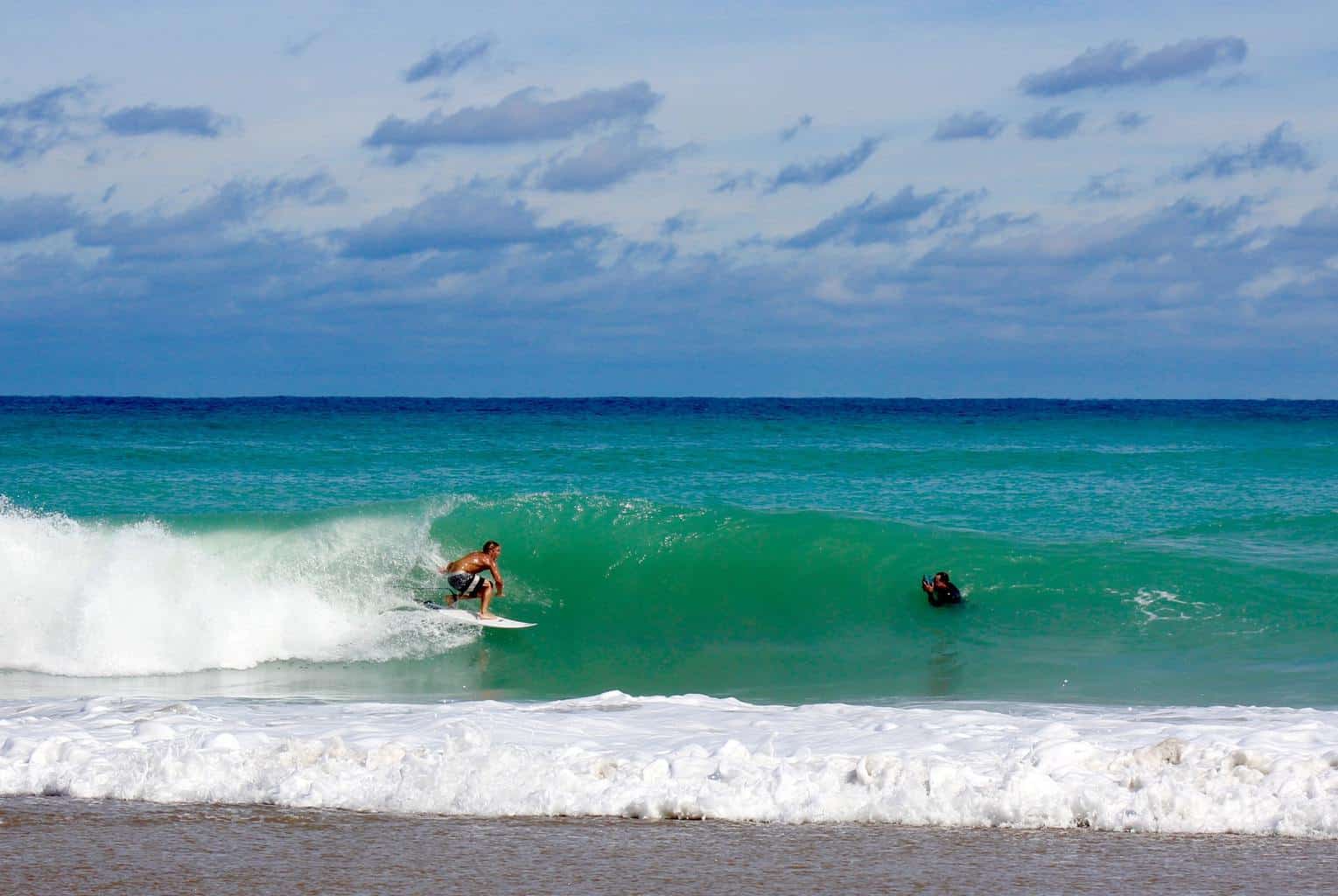Florida is well known for its surfing, possibly thanks to the surfing legend Kelly Slater growing up and learning how to ride waves in the state.
With pristine beaches, swimming in the Florida ocean comes with warnings.
So is surfing in Florida dangerous?
Surfing can be dangerous at the best of times, but if you are looking into a Florida surf holiday, or perhaps taking up the sport for the first time, there are a few highlighted risks you should know about.
Surfing in Florida can be dangerous for numerous reasons, but some of the highlighted risks in these waters include sharks, Jellyfish, Riptides, Bacteria, and shore breaks.
Let’s discuss these risks in detail, how to stay safe from them, and where to avoid surfing while in Florida.
- The 4 Biggest Dangers of Surfing in Florida
- The Most Dangerous Beaches in Florida
- Conclusion
- You Might Also Like…
The 4 Biggest Dangers of Surfing in Florida
Surfing is an extreme sport, and with extreme sports come dangers and risks.
From crashing waves that pose a chance of drowning, sharp ocean floors, and hard surfboards, to dangerous sea life.
This is no different when it comes to surfing in Florida, although some of these risks are higher than others:
1. Sharks in Florida Surf
Florida has year after year taken the prize of the most unprovoked shark attacks. In 2019 Florida saw 21 unprovoked shark attacks from the world total of 64.
This one-third of the world shark attacks were the lowest the US state had seen in the previous five years.
New Smyrna Beach is one of the world’s most shark-infested surf spots and has been unofficially labeled the shark attack capital of the world.
According to the International Shark Attack File, it is estimated that every swimmer that has entered the water at New Smyrna beach has swum within 10 feet of a shark.
To highlight this point, a Floridian surfer by the name of Jeremy Johnston captured some jaw-dropping footage from a drone of just how many sharks lurk in the shallow waters of the NSB Inlet:
The Florida waters are home to a huge variety of sharks, 11 of which have been responsible for attacks since 1926.
Of these shark species, 20% of the attacks have been from Bull sharks, 19% from Blacktips, and 20% of attacks from Requiem sharks.
The remaining attacks have been composed in smaller amounts from Tiger, Spinner, Blue, Sandbar, Hammerhead, Lemon, Nurse, and Mako sharks.
Even with its shark-infested reputation, this does not stop surfers from taking advantage of the consistently high-quality breaks.
The aforementioned surfer, Jeremy Johnston, pays tribute to this statement as even after taking the footage, still got in the water for a surf.
Interesting Shark Attack Facts
Although this may seem like one of the craziest things you have heard to date, here are some interesting shark attack facts to put your mind at ease:
- You have a 1 in 63 chance of dying from the flu and only a 1 in 3,700,000 chance of dying from a shark attack.
- You have a 1 in 218 chance of dying from falling compared to the above-mentioned chance of dying from a shark attack.
- In 1996, 43,000 Americans were injured by toilets. Sharks injured 13.
- The US averages 19 shark attacks a year, while in the coastal regions alone, more than 37 people are killed by lightning strikes.
To highlight the last point, you are twice as likely to be killed by lightning than a shark.
This is an incredible statistic as we all know how rare it is to be struck by lightning.
Staying Safe From Sharks in Florida
Of course, the easiest way to stay safe from sharks is to not go into the ocean, although this is simply not an option when you are addicted to an extreme sport such as surfing.
So what can you do to best protect yourself from shark attacks?
Firstly, the best way to avoid sharks is to avoid surf spots that are known for shark attacks.
Surfing at Jacksonville beach or Port Jackson instead of high-risk places such as New Smyrna Beach or Sebastian Inlet will reduce your risk of a shark encounter.
Although even these beaches have been known to be very sharky.
Secondly, always avoid going into the water with cuts and open wounds.
Sharks are sensitive to the smell of blood and may not be able to hold back their blood-lust when sensing your own.
2. Risk of Jellyfish in Florida Surf
Although they are not found everywhere in Florida, and not at all times of the year, jellyfish are still very common to find along the Florida gold coast.
Being stung by a jellyfish is unpleasant at best.
Ranging from a simple burning or itching feeling to excruciating pain, headaches, nausea, unconsciousness, and in the most extreme cases, death.
The following are common jellyfish found on the Florida coast:
Moon Jelly
Moon jellies are the most commonly found jellyfish in the Gulf of Mexico and often found along Florida’s coast.
These jellyfish are not able to penetrate human skin but will leave you with a mild sting and irritation.
Although this is not particularly dangerous, it will put a damper on your surf day.
Atlantic Sea Nettle
Also known as the East Coast sea nettle, this long tentacled jellies sting can vary from mild to severe, depending on the size of the jelly and the individual that is stung.
With brief contact, you could get away with a mild skin rash, although a lot of contact with sea nettles can result in muscle cramps and breathing difficulty.
This is not something you want to experience while doing an anaerobic exercise 100 feet from the shore.
Portuguese Man-Of-War
Although not a jellyfish, the Portuguese Man-of-war is worth mentioning as they are very common in Florida waters.
These “floating air bubbles” have long blue tentacles that can leave a nasty sting.
Although being stung by one is unlikely to be fatal, the sting if not treated, or in large amounts can range from a simple burn and red sport to chest pains, chills, muscle spasms, and a change in pulse.
Staying Safe From Jellyfish in Florida
Wearing a full-length wetsuit creates a barrier between your skin and stinging tentacles.
However, you are still at risk of being stung on the face, feet, and hands.
Along commonly used beaches in Florida, lifeguards will put out beach flags that represent water conditions.
If you see a purple flag flying at the beach it is an indication that there are jellyfish along the coast.
It is best to avoid the water during these times if you don’t want your surf to end in a painful encounter.
3. Risks of Bacteria in Florida Ocean Waters
This may be surprising to you, as it is common to use the saltwater of the ocean to clean and disinfect cuts and wounds.
Enterococci, which is the bacteria found in the intestinal tracts of humans and animals have been found at some beaches along the Florida coast.
These bacteria appear in the water due to sewage run-off and can be a huge health hazard when entering an open wound.
Yes, this is by itself disgusting as you will in theory be surfing around microscopic fecal matter.
However, this does not seem to sway surfers and swimmers from entering the waters when the waves are good.
When entering the bloodstream, this bacteria can lead to blood poisoning and has flesh-eating properties.
It can be treated with antibiotics but is best avoided by not entering the beach or water with open wounds (not to mention the added dangers of attracting sharks).
Swallowing sea water that contains enterococci can lead to nausea, diarrhea, and other internal problems.
Staying Safe From Bacteria in Florida
Staying clear of beaches with warning signs of sewage water run-off is always best, but it is understood that sometimes there is no other option.
In these cases, make sure you have no open cuts. Even a small scratch can lead to infection.
After your surf, make sure you rinse off in fresh water as soon as possible and clean out any small scratches you may have received from shells along the beach.
Avoid swallowing water or getting it in your mouth at all costs. Although this bacteria is beneficial in the human gut, it is a poison when in the stomach.
4. Other Risks While Surfing in Florida
Riptides: Although seasoned surfers will be well experienced with this surfing danger, it still poses a real risk to new surfers.
Because Florida’s main surf season is during typhoon months, rough seas and strong currents should be paid attention to.
Make sure you know how the currents work before entering the water, and if you find yourself caught in a strong current, swim across it and not against it.
If the current pulls you out do not panic and conserve your energy. It will soon stop and allow you to swim around it and back to shore.
Shore breaks: When waves break close to the beach they can form quick powerful rides.
These waves, however, tend to break over little to no water and can leave you being planted a foot down into the hard ocean floor.
If you are not experienced with strong shore breaks either find a wave breaking further out, or enter the ocean at a calmer section.
Lightning: Just because there are sunny skies, does not mean you do not need to be careful.
During June, July, and August it is common for a lightning storm to roll in within minutes. Avoid being in the backline when you see thick storm clouds coming over.
If a storm begins to pull over it is best to leave the water as soon as possible and find shelter inside.
The Most Dangerous Beaches in Florida
The following beaches should be avoided when surfing in Florida, and if you are the risk-taker type, then extra precautions should always be put in place.
The Sharkiest Beaches in Florida
New Smyrna Beach: Mentioned before, this beach is the world’s biggest hotspot for shark attacks and receives over a fourth of the world’s yearly shark attacks.
Cocoa Beach: Only an hours drive south from New Smyrna, Cocoa Beach is another high-risk shark destination. 130 shark attacks have been recorded at this beach between 1882 and 2016.
Palm Beach: CNN revealed that a large number of sharks inhabit the coast of Palm Beach.
Although the National Oceanic and Atmospheric Administration claims there is little risk as there have only been 60 attacks here over the last 40 years and none of them were fatal.
This beach also has a high count of bacteria.
Jellyfish Beaches to Avoid in Florida
Jellyfish tend to prefer warmer waters, and it is because of this that they tend to drift in during summer months.
Jellyfish do not swim around actively and tend to drift with the current, so they are found along all the coasts at certain times of the year.
One of the densest jellyfish beaches in Florida is Volusia County beach, where more than 2,400 people had been treated in 2018, of which 550 were on the same day.
Florida Beaches With The Most Bacteria
Garnier Beach Park: Although no one swims here and there is not much surf, Garnier beach is worth mentioning as it is one of the most polluted beaches in Florida.
83% of water tests taken from this beach in 2013 were above the national bacterial normal.
DuPont Bridge Beach: Although a popular spot for swimmers and surfers, the water contamination levels surpass the health limit recommended by the Beach Action Value almost 40% of the time.
Bayview Beach: This popular surf spot now has a permanent warning sign concerning the high microorganisms level.
Although at times the bacteria levels in the water are normal, during other times they have been found to be 10 times higher than the recommended safe levels.
Conclusion
When hitting the waves in Florida you expose yourself to the same risks as at most surf spots.
However, Florida has a high shark population, dirty water, and rough weather that can make it particularly dangerous.
You should always take the proper precautions before entering the water and know the risks you face before diving in for the rewards.
You Might Also Like…
-

Do Surfers Ride Switchfoot? 5 Benefits (& Why You Should Learn It)
-

Do Surfers Shave Their Legs? 5 Common Reasons (+Pros & Cons)
-

Do Surfers Wear Helmets? 8 Situations You Should Wear One (+4 Cons)
-

Do Surfers Poop in the Ocean? Myths & Facts (+5 Tips)
-
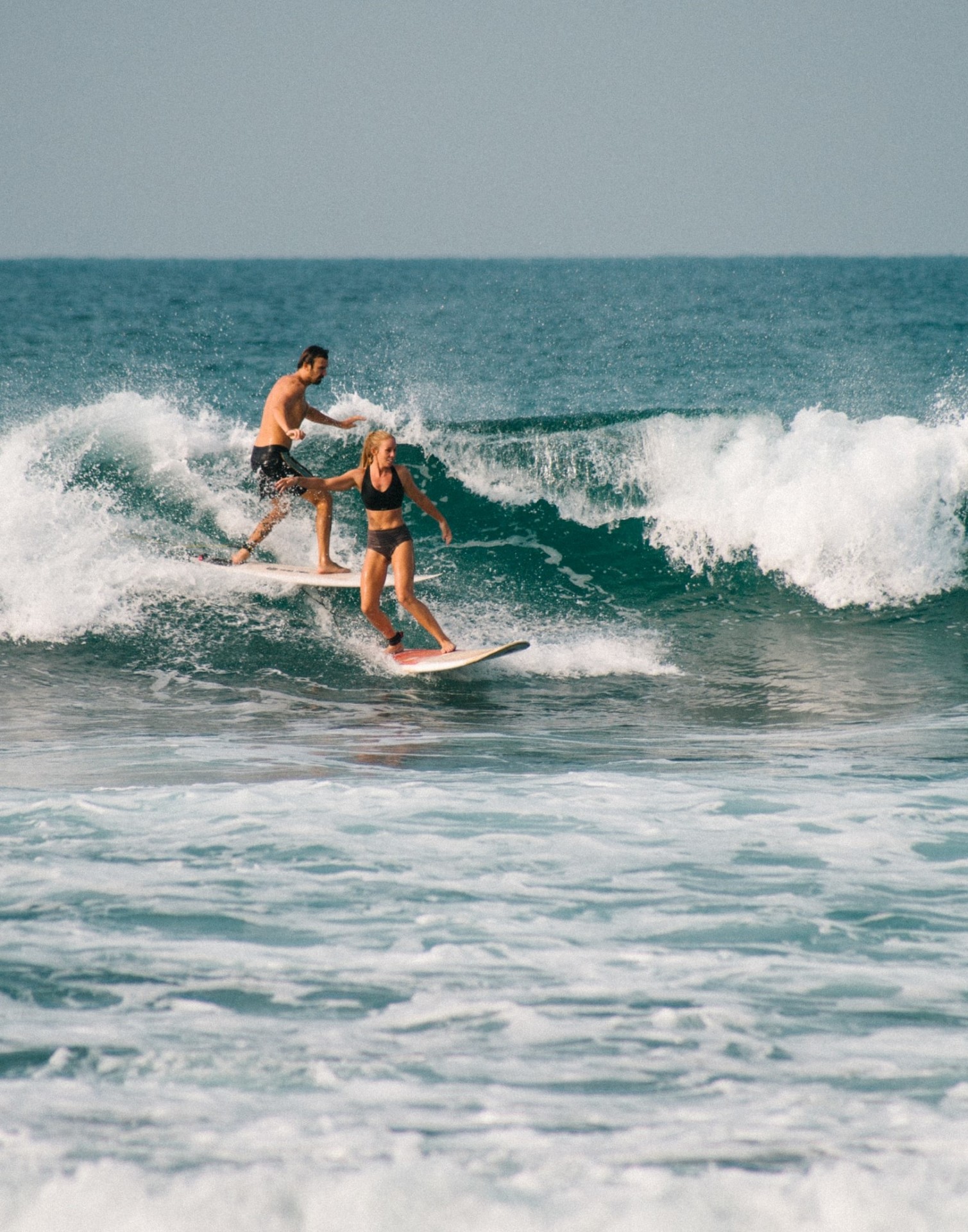
Do Surfers Run Into Each Other? 5 Common Reasons (+8 Tips)
-
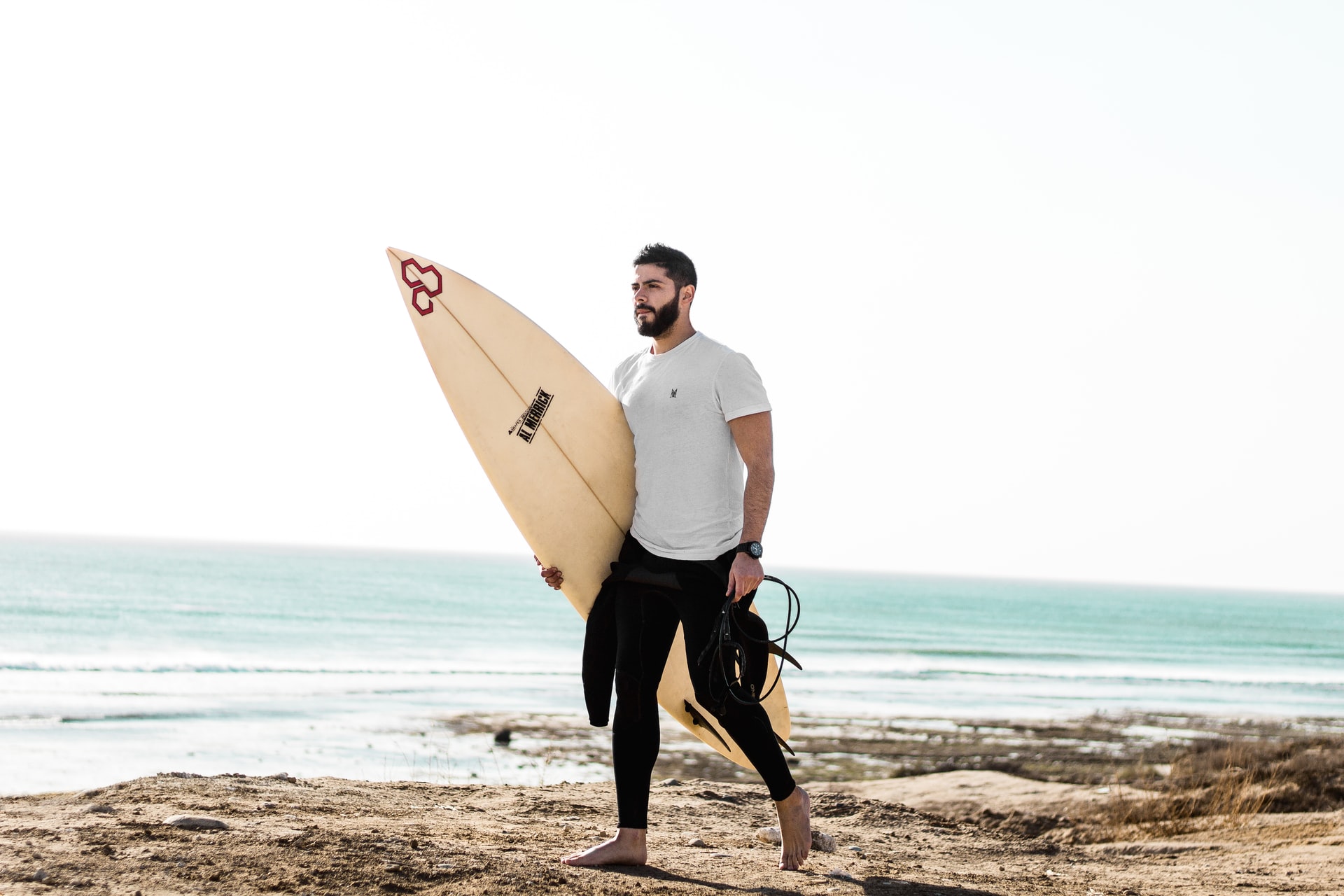
Do Surfers Have Beards? Pros & Cons You Should Know (+4 Tips)
-
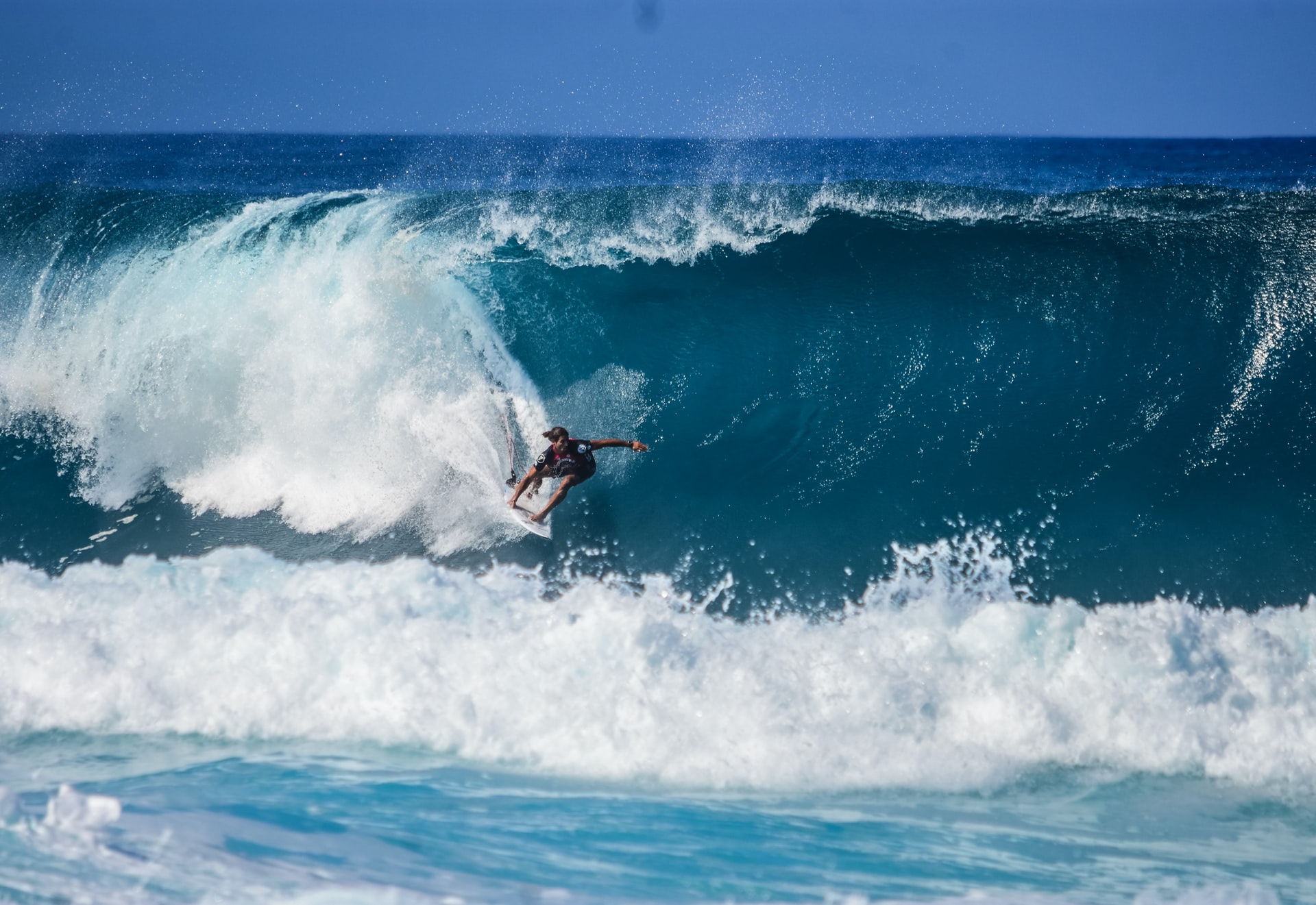
Do Surfers Like Constructive or Destructive Waves? (+Pros & Cons)
-
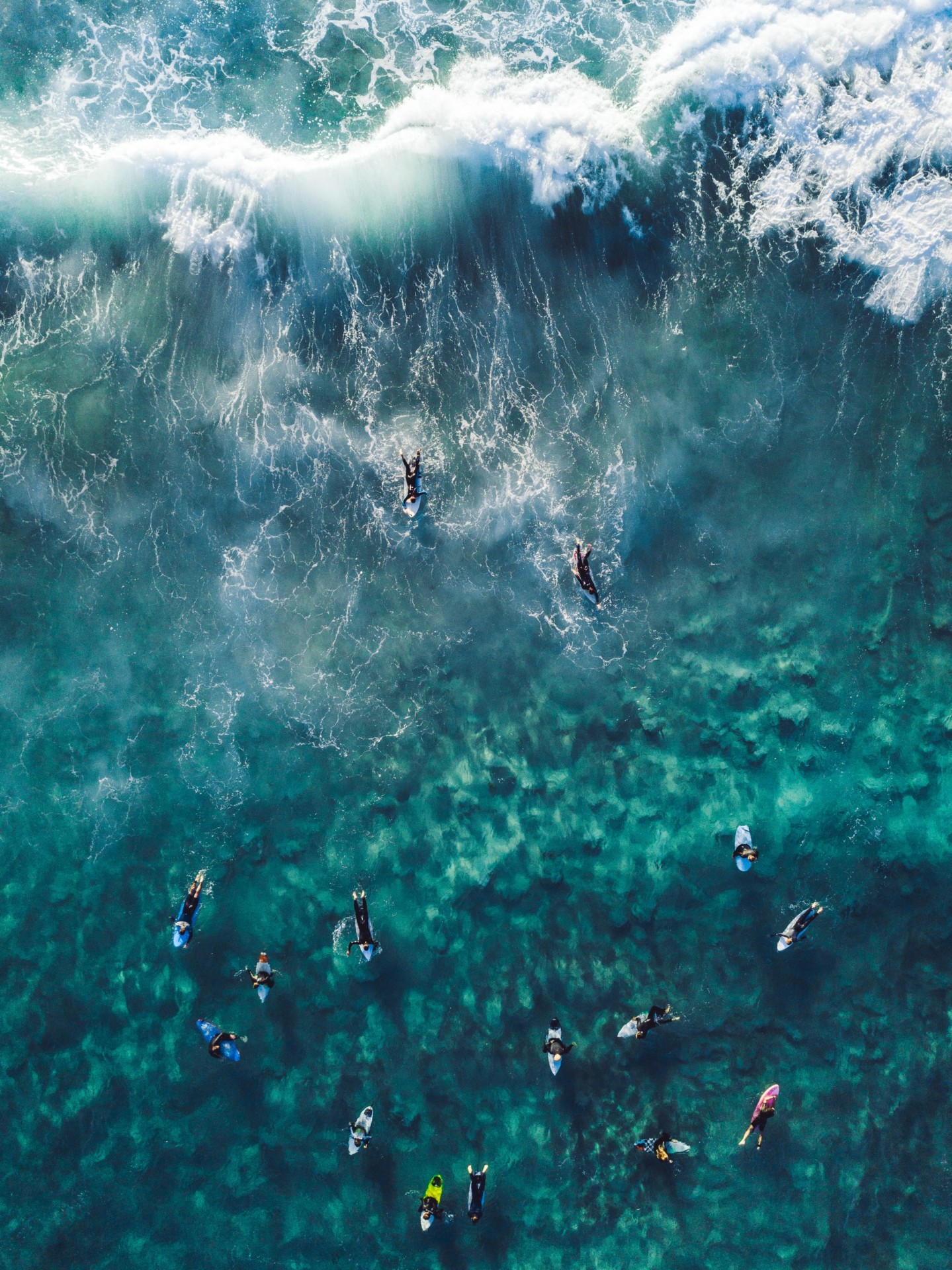
How to Surf Safely: 34 Crucial Tips (Every Surfer Should Know)
-
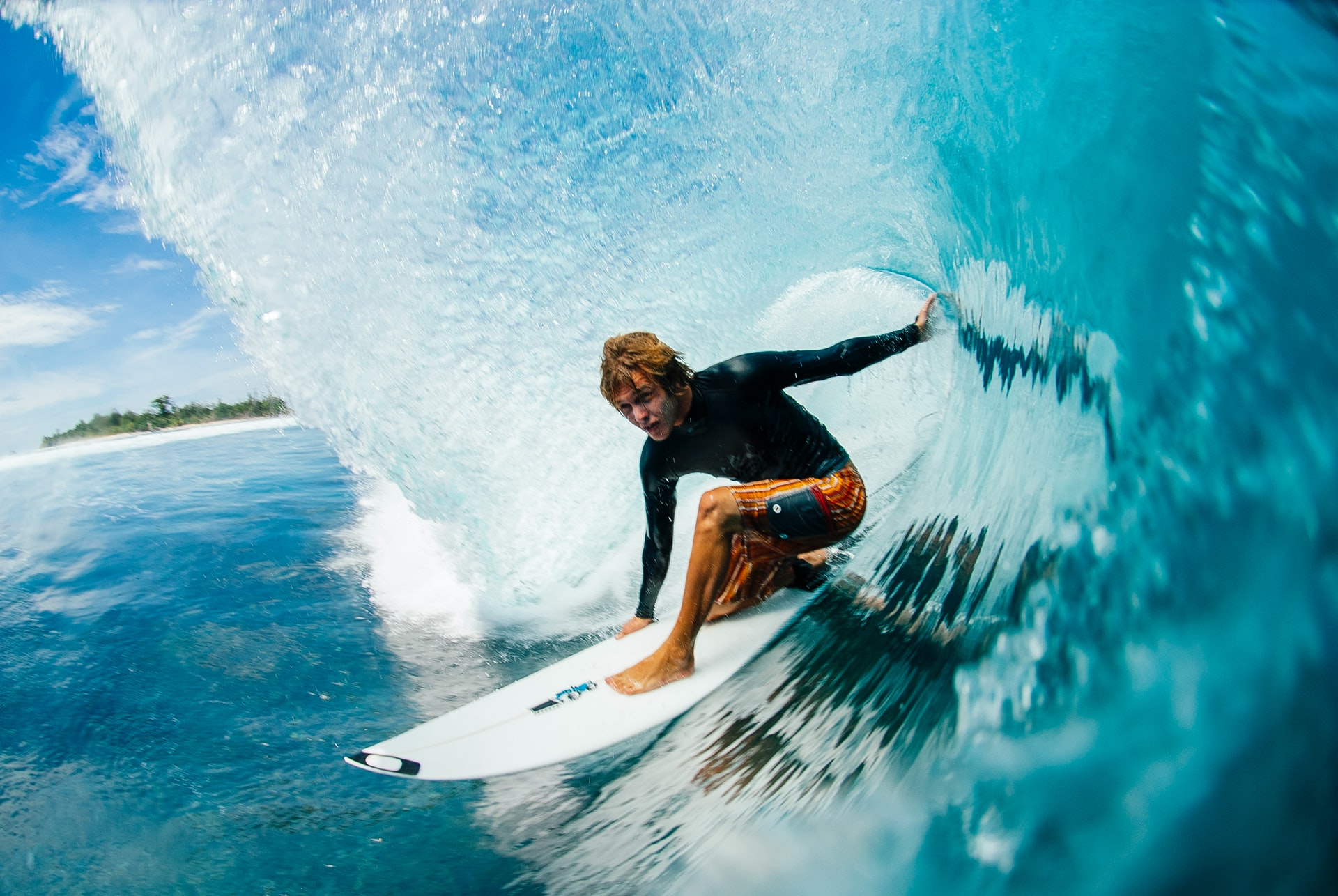
Do Pro Surfers Use Leashes? (+6 Reasons Why You Should Too)
-
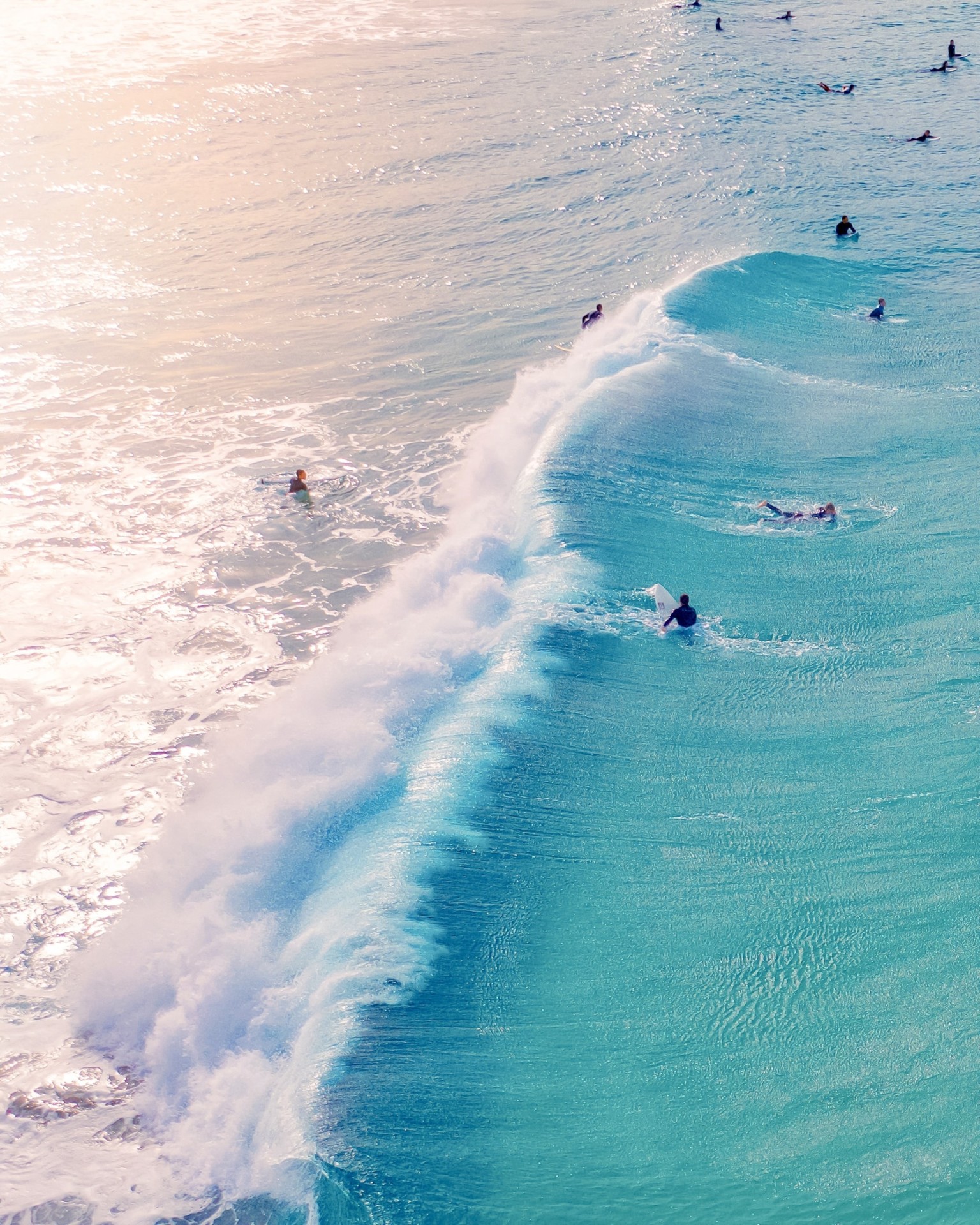
Do Many Surfers Drown? Here Are the Facts (+4 Common Reasons)
-
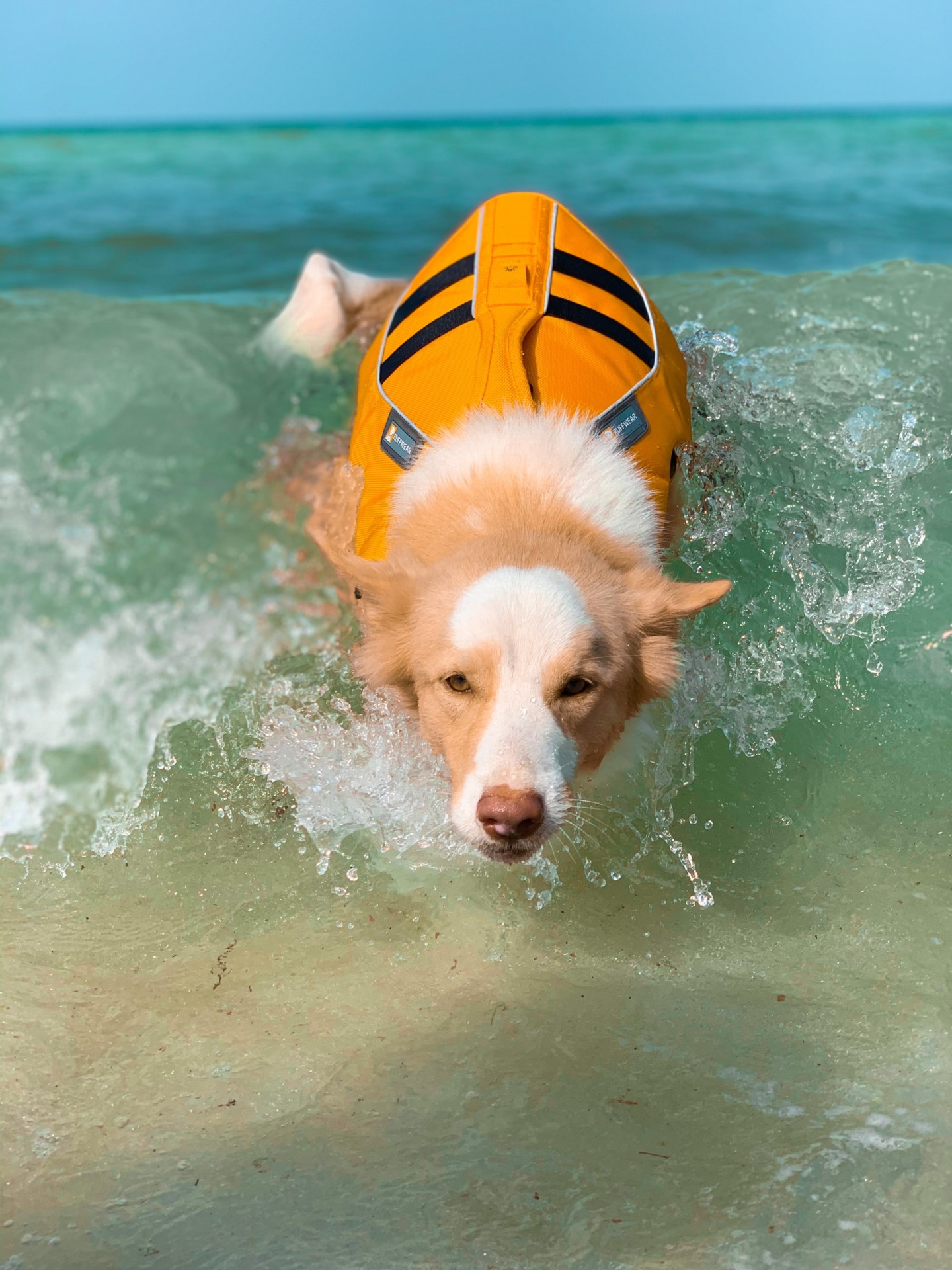
Do Surfers Wear Life Jackets? (7 Reasons Why They Don’t)
-
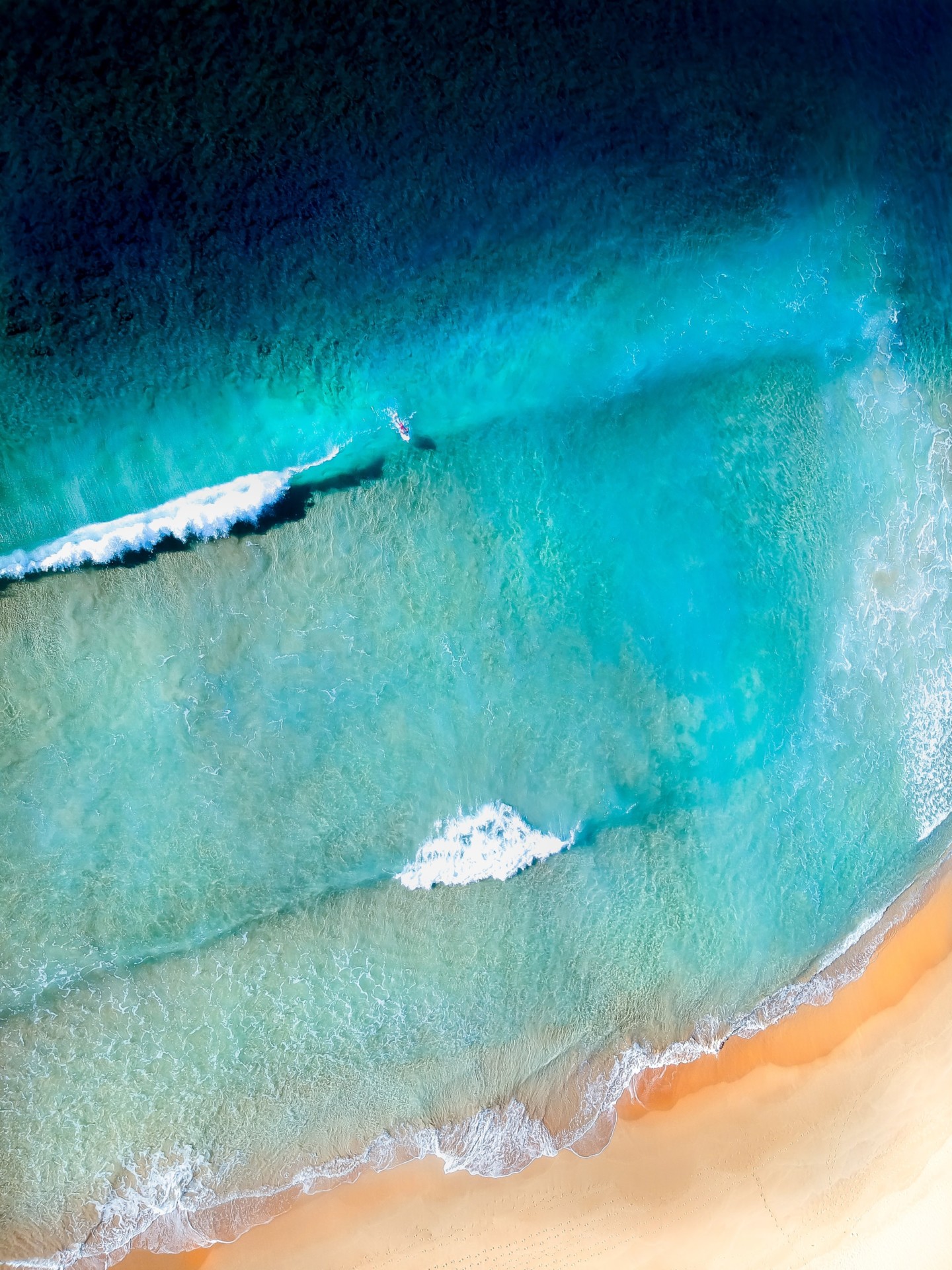
Do Surfers Like Rip Currents? (& How to Use Them Safely)

